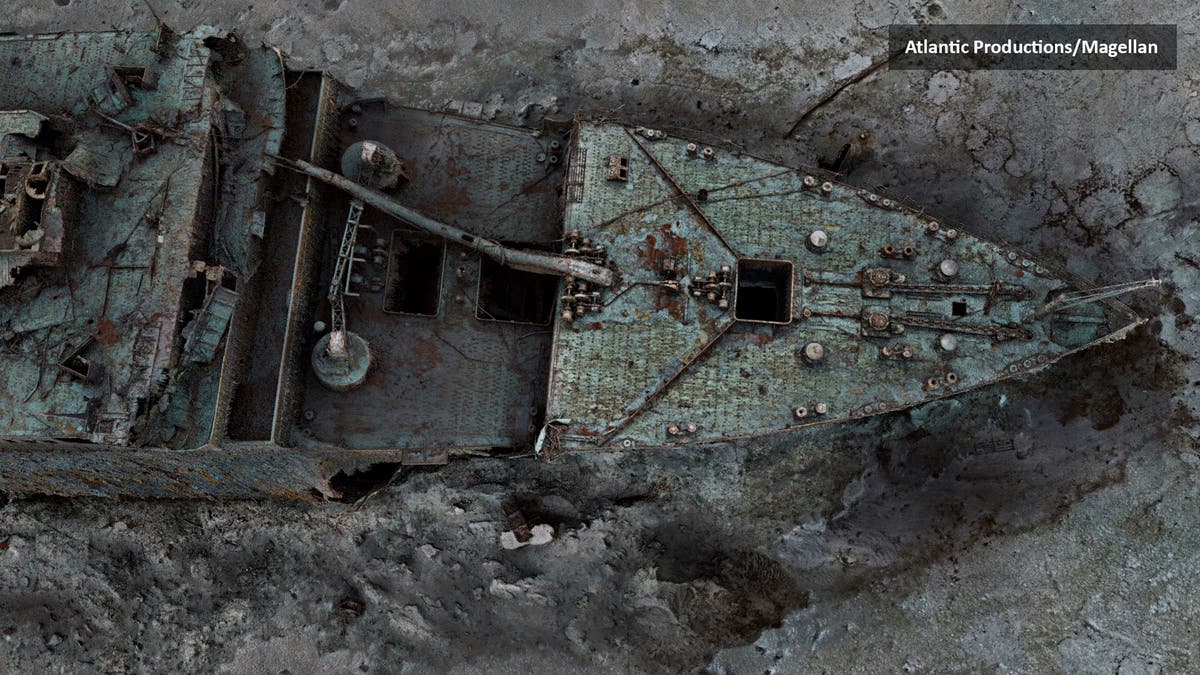DigitalDrifter
Diamond Member
- Feb 22, 2013
- 49,138
- 27,825
If there's a debris field, the hull must have ruptured. It was originally supposed to be 7" thick, but they went the cheap route and settled with a 5" one. Guess the CEO should have went with those EXPERIENCED 50 year old white guys. But hey, diversity is more important.


